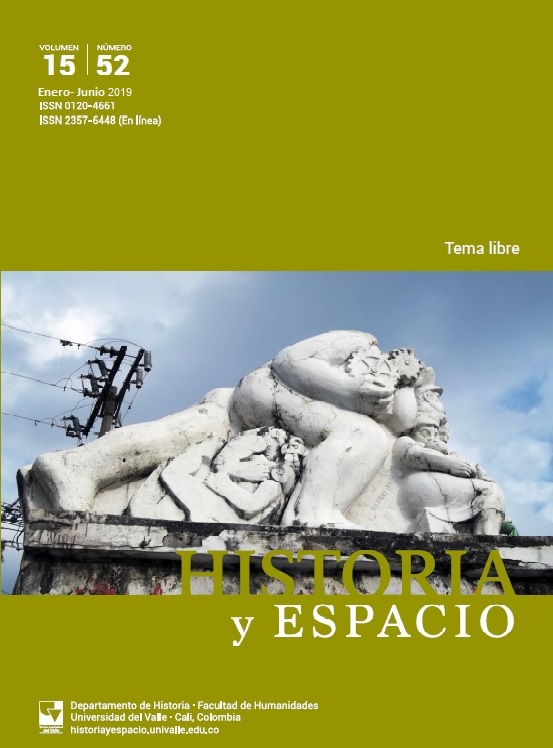Approach to the conformation of Tunja city in the 18th Century. “Real Fábrica de salitres de 1783”
Main Article Content
The article establishes a relationship between history and architecture with the purpose to understand the conformation of Tunja city in the 18th century. From history, the relations of external factors to the architecture where been considered, like: Site, activity and technique. This look allowed to identify the changes in the city. On the other hand, from architecture, the form was analyzed, as an internal factor. This approach was analyses in the “Real Fábrica de Salitres de la Ciudad de Tunja” in 1783, where the transformations and elementary permanence’s in the building where studied, because of the relationship between the architectural form and the new ways of dwell in this time. This analysis allowed an approach to the syntactic and paradigmatic field of the conformation of Tunja for the eighteenth century.





